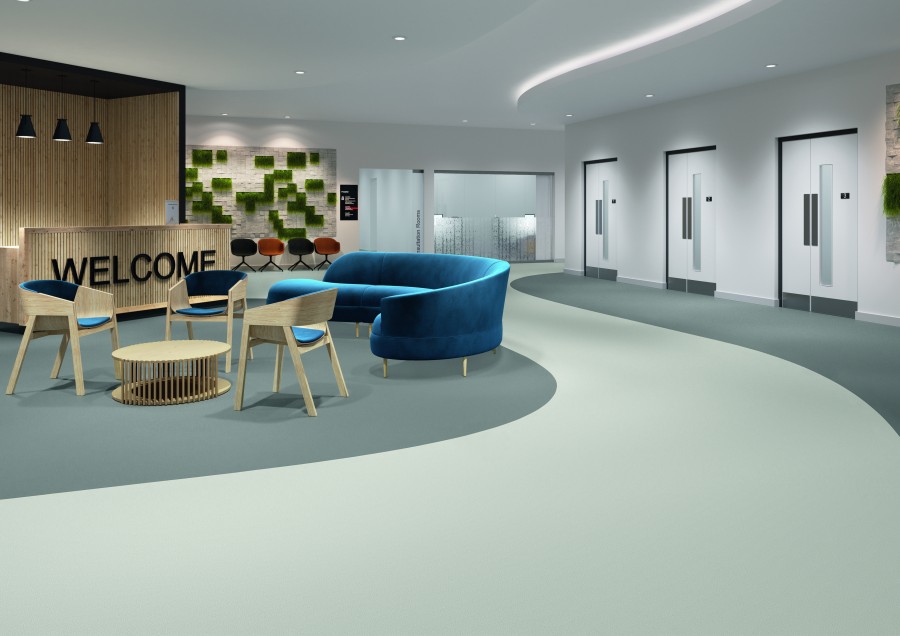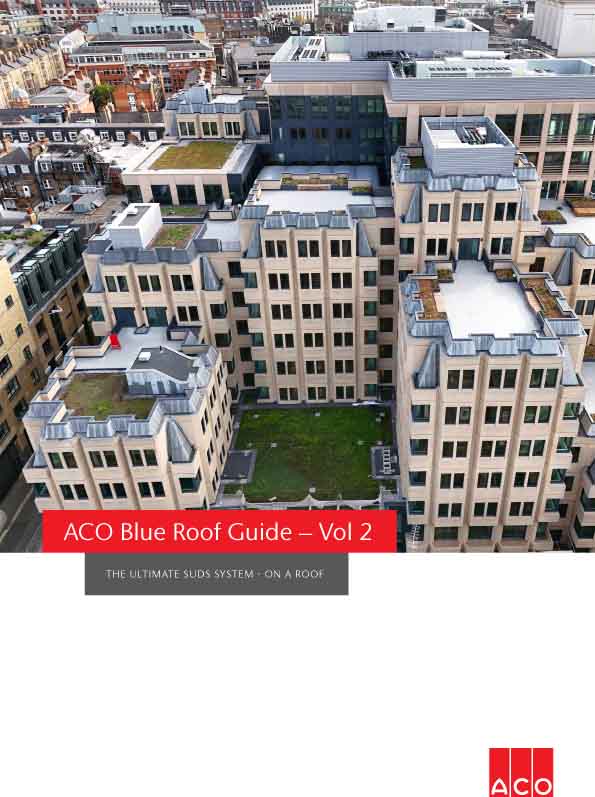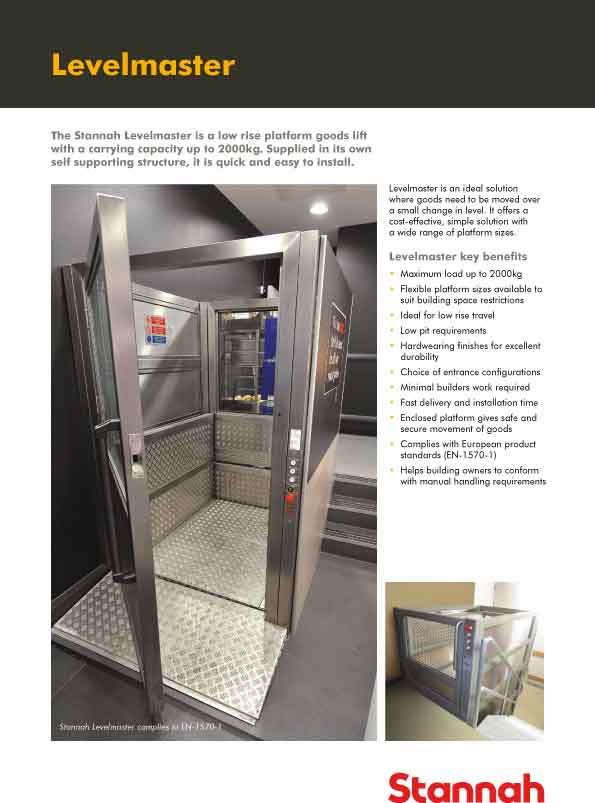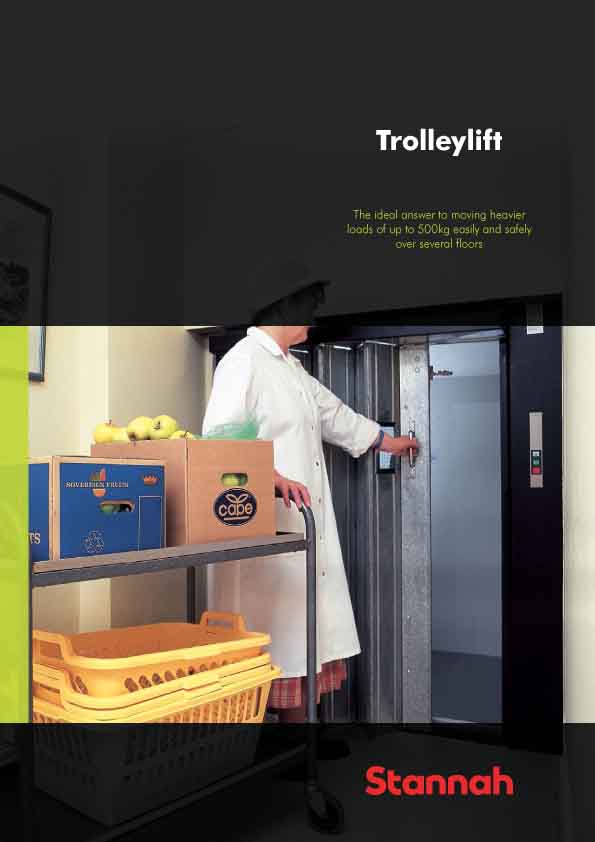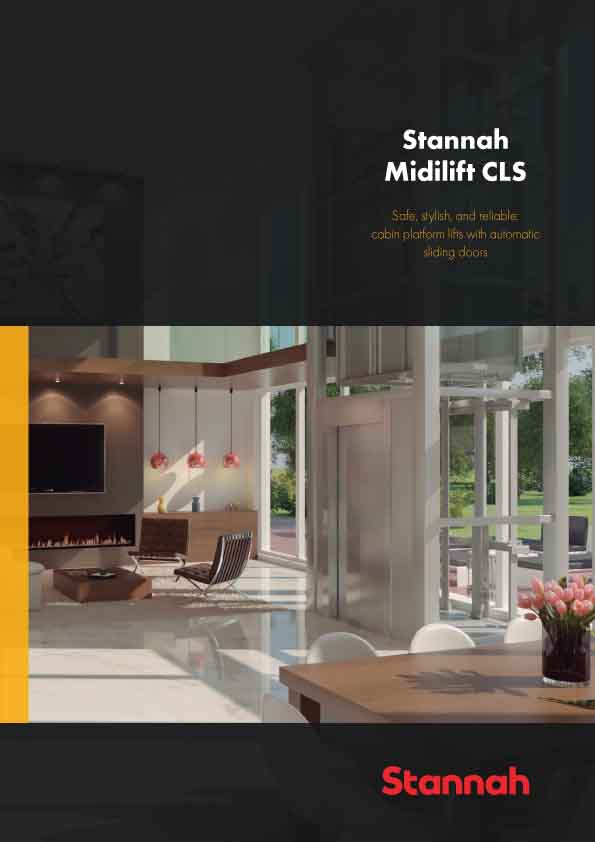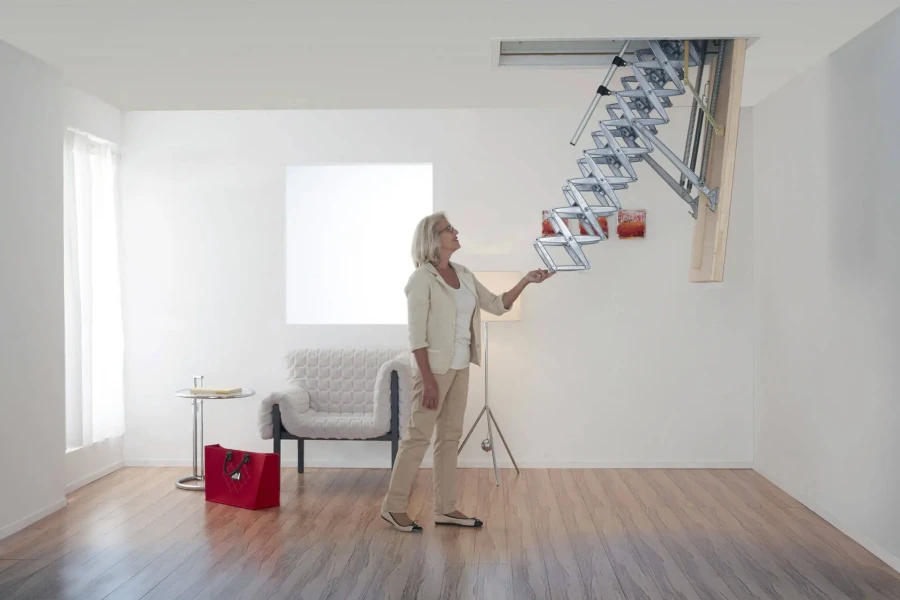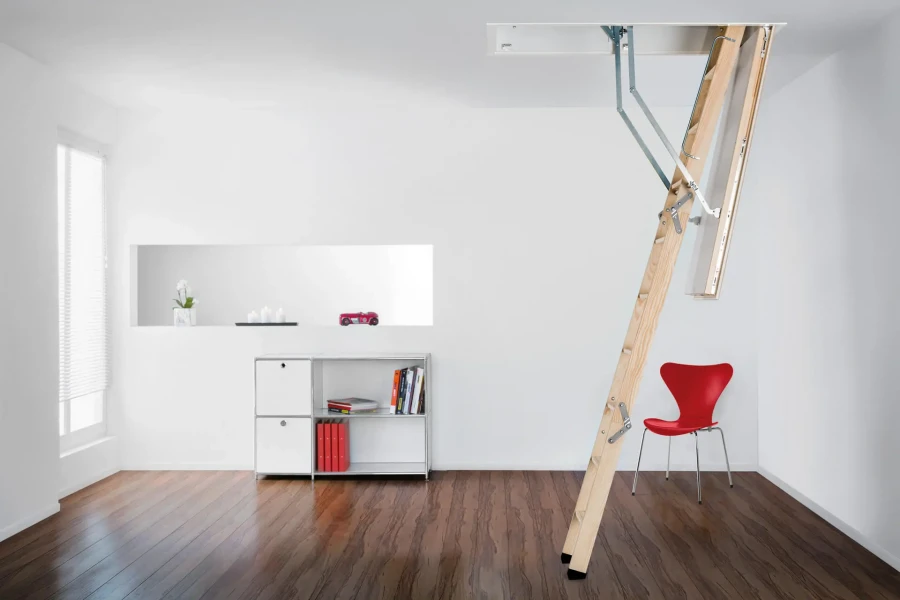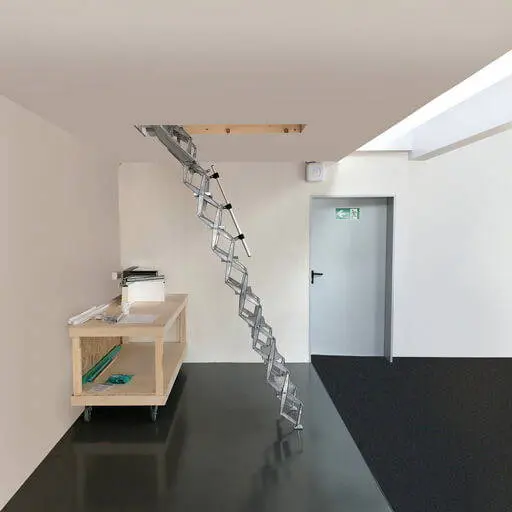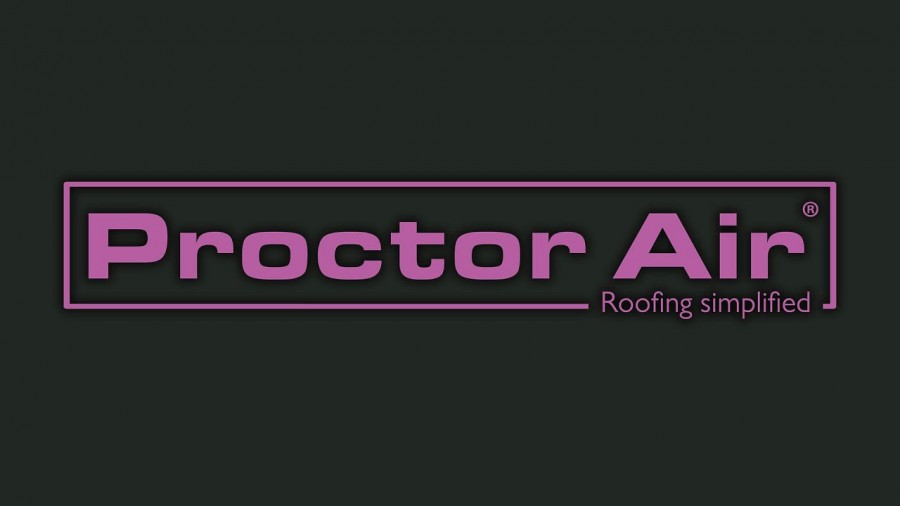The recovery in the UK manufacturing sector continued at the start of the final quarter, as output and new orders rose again supported by improved demand from both domestic and overseas sources.
That said, the upturn showed further signs of losing impetus, as the initial boost to growth from the economy reopening faded and job losses accelerated.
The seasonally adjusted IHS Markit/CIPS Purchasing Managers’ Index (PMI) fell to 53.7 in October, down from 54.1 in September but above the earlier flash estimate of 53.3. The PMI has remained at an above-50.0 level, signalling expansion, for five months running.
Manufacturing output rose at an above survey-average rate in October, despite growth easing to a four-month low. The latest expansion reflected improved intakes of new work and companies catching up on orders delayed during lockdown. The trend in new export business meanwhile strengthened, reflecting increased demand from China and the US and a temporary boost from Brexit stock building by clients in Europe.

Sector data highlighted a growing disparity between the performances of the main product categories covered by the survey. The intermediate and investment goods industries both saw marked expansions of production and new order volumes in October. In contrast, the consumer goods sector slipped back into contraction, with output and new business falling for the first time since the onset of their respective recoveries.
Manufacturing employment declined for the ninth successive month in October. Furthermore, the rate of job losses accelerated and was marked. Companies linked lower staffing to redundancies, recruitment freezes, the non-replacement of leavers, cost reduction strategies and workforce restructuring. The steepest rate of job cutting was in the consumer goods industry during October. Losses were also signalled at investment goods producers, whereas headcounts rose in the intermediate goods category. Signs of surplus capacity across manufacturing as a whole remained, however, as highlighted by a further solid drop in levels of work-in-hand at factories. The rate of increase in input prices accelerated to its highest since December 2018, reflecting higher raw material costs, input shortages and suppliers raising prices. Part of the increase was passed on to clients in the form of higher output charges.
Manufacturers maintained a positive outlook in October. Over 60% of companies expect output to rise over the coming year, compared to only 10% forecasting a decline. Positive sentiment reflected hopes of economic recovery and a reduction in COVID-19 disruption. However, some firms also raised concerns about the potential impact of both the ongoing pandemic and Brexit uncertainty.
Rob Dobson, Director at IHS Markit, which compiles the survey: “October saw the UK manufacturing recovery continue, albeit with the upturn losing momentum amid ongoing lockdown measures and signs that growth could weaken further in coming months after Brexit-related stockpiling.
“The main drag was a fall back into contraction for the consumer goods industry, blamed in part on lockdowns and falling demand as virus worries intensified among households.
“There was positive news on the export front, with new orders from overseas rising to the greatest extent in over two-and-a-half years. However, a significant contribution to the improvement in exports came from a temporary boost of Brexit stock building by EU clients, which was evident in one-in-four companies that reported higher exports.
“The outlook for the remainder of the year has therefore become increasingly uncertain, with risks tilted to the downside. While most companies maintain a positive outlook, with three-fifths of manufacturers expecting output to rise over the coming year, concerns about near-term risks posed by the pandemic, changes to COVID restrictions and related stimulus measures, plus Brexit anxieties, continue to fog the future.”
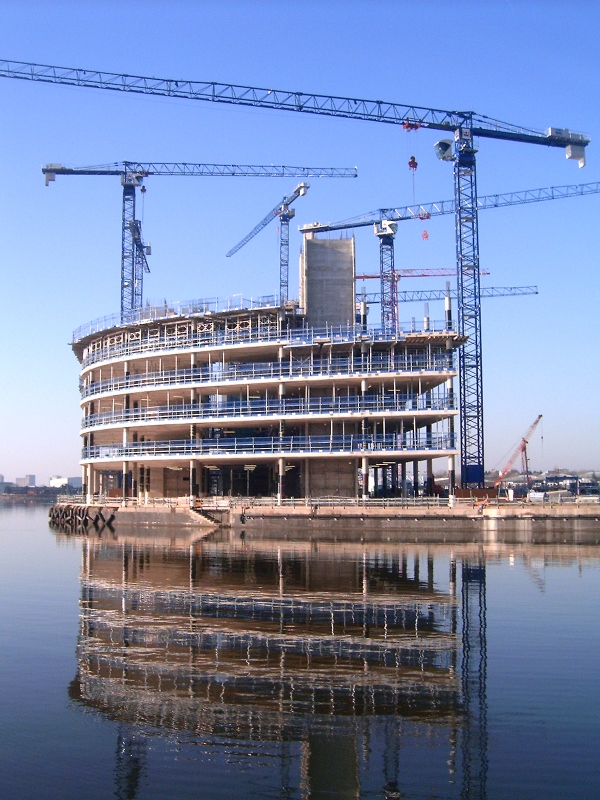
Duncan Brock, Group Director at the Chartered Institute of Procurement & Supply: “Though recovery decelerated a little this month, growth in the manufacturing sector remained at a steady pace with new orders rising for the fourth month in a row from domestic and also increasingly export markets. UK and European businesses were stocking up before the Brexit deadline, and as supply chains opened up further, more orders were received from countries like China.
“However pressures persisted for manufacturers with delivery times from suppliers lengthening to their greatest extent since June. Though capacity increased where staff returned to work, the rush to complete backlogs of covid-affected work resulted in difficulties in other tiers of the supply chain. Costs rose at the fastest rate since December 2018 as competition intensified for raw materials in short supply.
“The higher cost of doing business was not the only cause for alarm this month as the outlook for jobs remained painfully weak. More redundancies and restructures reduced headcounts for the ninth month in a row especially at consumer-facing businesses. As shoppers continue to press pause on spending, firms will be unable to conjure up the business they need to maintain operations leading to a fretful end to the year.”
James Brougham, Senior Economist at Make UK, said: “While the data remains in positive territory, it’s at the lowest level since the easing of the first national lockdown. While the recently announced month-long extension to the Job Retention Scheme will put the brakes on the rate of job losses, manufacturers will experience a foreboding déjà vu as they face the exceptional operational challenges induced by another national lockdown.
“It’s clear that this crisis has many months to run at the very least. As such, Government must now work with industry and look at longer term measures to support businesses and protect jobs. If that means thinking the unthinkable then that’s what we must do with nothing off the table.”









